Big Brains, Bigger Hearts
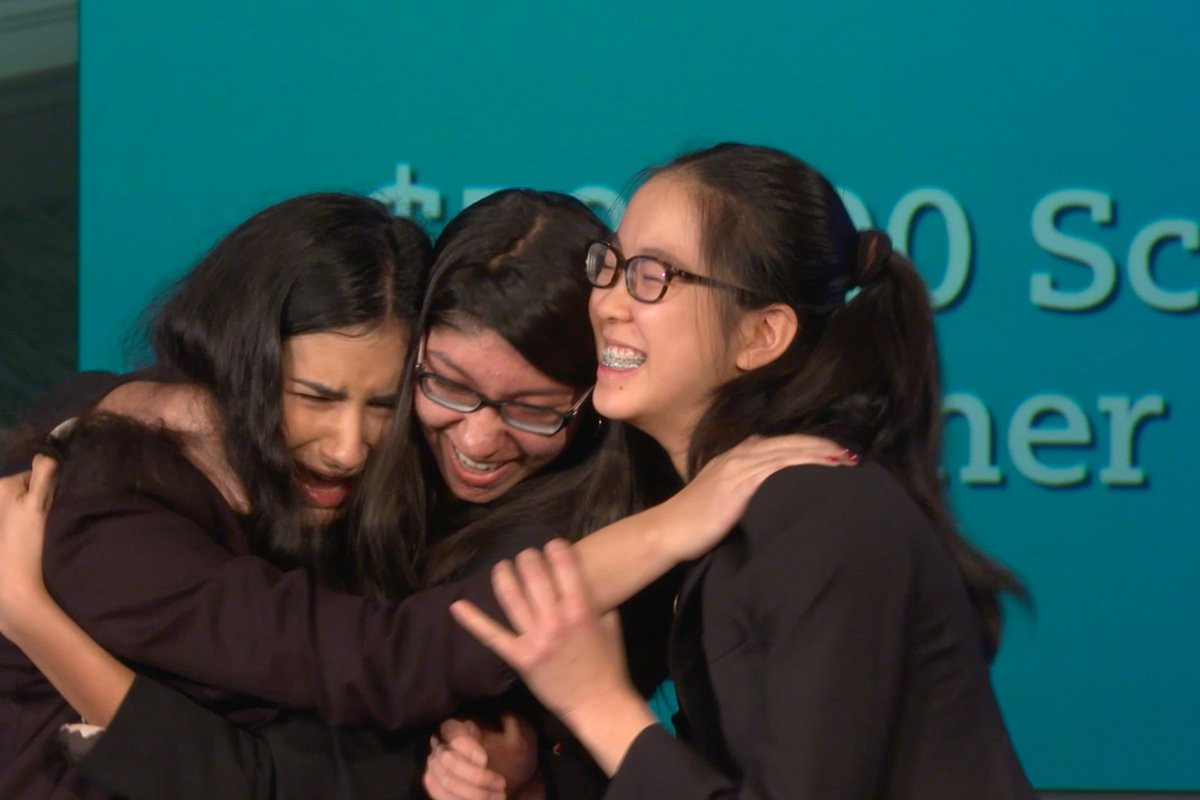
Where there’s research, there is a scientist looking to make a difference.
Last week, 21 of the nation’s best and brightest high school students were celebrated for their research and hard work at the 2017 Siemens Competition in Math, Science & Technology. Andrew Komo, Jillian Parker, Arooba Ahmed and Jiachen Lee took home top prize and a combined $200,000 in scholarship prizes.
In the 19 years since this competition started, high school students from around the country have submitted graduate-level research projects. Behind all of that amazing research are the students who helped conduct, analyze and communicate the research and findings.
I’ve had the pleasure of speaking with a handful of past Siemens semi-finalists and winners about their experience with science competitions, high school research and their career and goals. You know what I learned? Many of these budding scientists want to make a difference not just in the realm of STEM, but for the greater good. Their scientific efforts are part of their story, but their passion to improve the world for others is what really sets them apart.
Krithika Iyer was a semi-finalist for the Siemens Competition in 2013. Her mother’s experience with a benign tumor in her breast lead to her research that led to more accurate diagnoses of breast cancer. Her research feats are amazing for a young high schooler, but there’s more.
Krithika founded the nonprofit SmartStart Initiative with the aim to close the access gap to educational opportunity through technology. To do so, the nonprofit utilizes e-learning environments that mimic real-life learning environments. She has been contracted to work in Texas, Pennsylvania and the Virgin islands. This work is helping girls break out of the poverty cycle.
As a freshman at Stanford University, Krithika is still making decisions on her future career. One thing she knows for sure is that she hopes to tie her interests in STEM to civic action. She believes that in the near future, we will use technology and artificial intelligence to bridge the education-access gap, especially for girls.
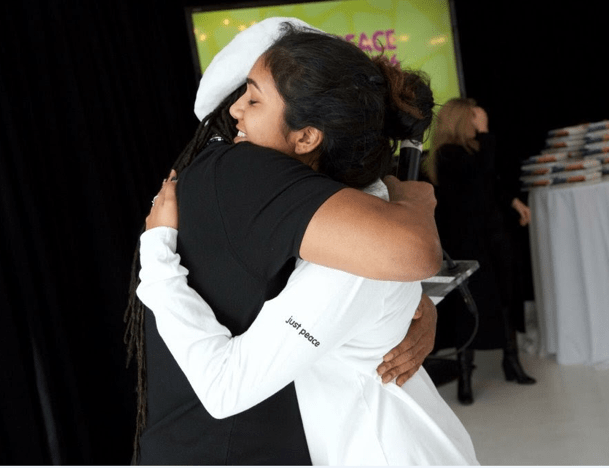
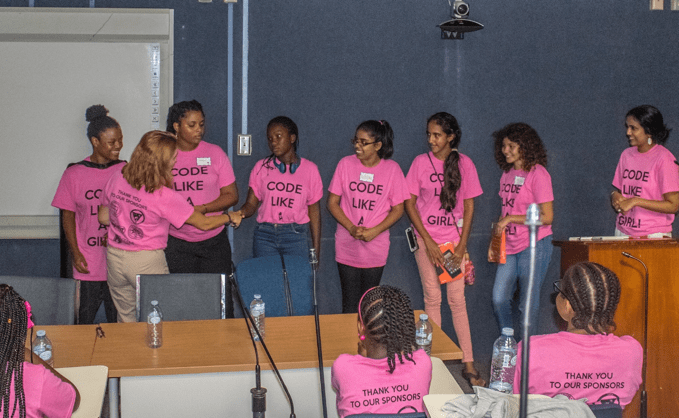
Brendan Liu was a semi-finalist in both 2010 and 2011. He created a water filtration system that removed heavy metal ions to create cleaner water for consumption. Submitting his project and being recognized for his work brought life to the long hours he spent in the lab.
After receiving a molecular biology degree at UC Berkeley, Brendan started his career at Genentech, a biotech company that first created synthetic human insulin.
In his position as a business analyst, Brendan is embracing the challenges of a new role apart from “scientist.” Although he may not be working as a scientist in the lab, he says his STEM skills, research background and undergraduate degree help him make a difference in his company and the greater public.
Brendan’s experience with science competitions furthered his passion for science. When asked what advice he’d give to other students interested in STEM, he said, “Don’t be afraid to take risks and challenges; embrace what it means to be a scientist.”
“Don’t be afraid to take risks and challenges; embrace what it means to be a scientist.” —Brendan Liu
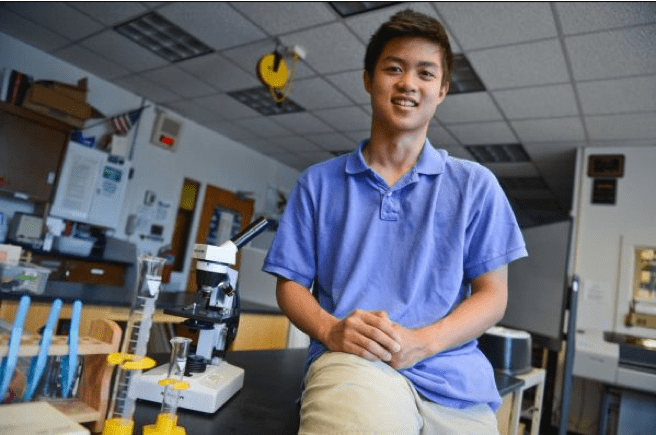
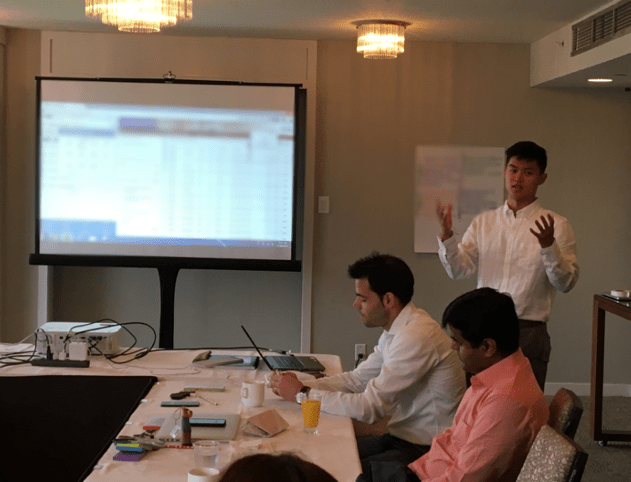
Since he was young, Ryan Patterson loved technology. At only 6 years old, he helped his father rewire the outlets in their house. By third grade, his teacher realized he was bored in his classes and paired him with a mentor, John McConnell, a former Los Alamos National Laboratory physicist, who helped him learn more and more about engineering.
After observing a person who was deaf have trouble communicating in at a restaurant, Ryan sought out a way to improve communication. Inspired by both humanitarian efforts and human and computer interfaces, Ryan created the sign language glove.
Since then, Ryan’s focus on improving others’ lives has not stopped. As a hardware and firmware design engineer at Zipline, Ryan builds electronics that aid in the development of small aircrafts that deliver blood and medicines to people who need them across Africa.
To this day, Ryan is still involved in science competitions in the Denver metro area. As a member of the Board of Directors for the Colorado State Science Fair, Ryan has learned that community can make a difference in how well students perform in competitions. He believes that science competition successes are not reserved for only students with parents in academia that go to STEM schools; Ryan has seen students in little farm towns do well, too, because they have community on their side. He’s found that tight-knit communities help students succeed in science because they have the ability to connect STEM-interested students to mentors in the community who can help them cultivate their interest.
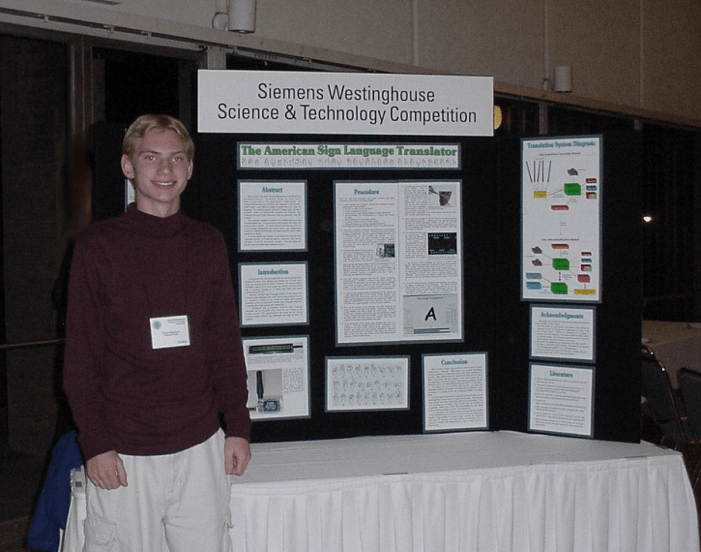
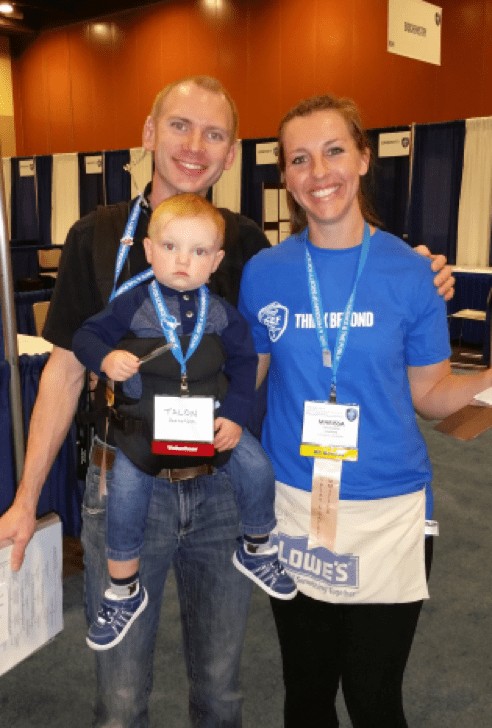
Starting a nonprofit, making a difference in the biotech field and continuing to work in the science competition space are just some ways that past Siemens Competition competitors have continued their STEM stories. When I spoke with them initially, I expected to hear stories of success, but through our discussions, I learned that they were also taking steps to create a better world.